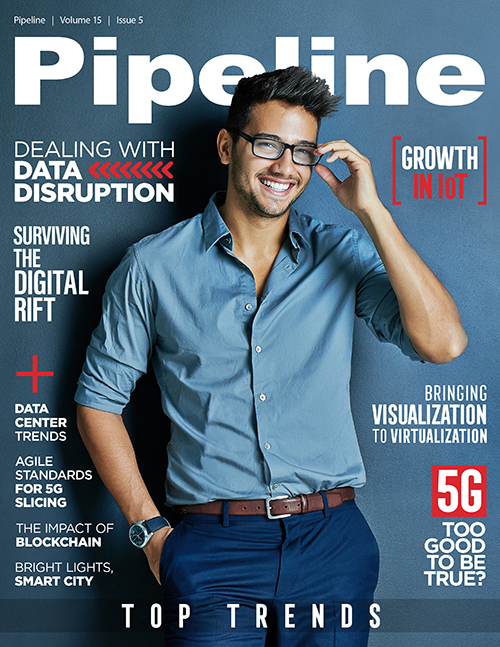5G: Too Good to be True?
Because 5G uses higher frequency ranges, cellular signals won’t be able to travel as far as existing 3G or 4G signals. From a network infrastructure perspective, CSPs will therefore need to increase the number of cell sites they have, moving away from traditional macro-cell deployments to more numerous small cells. The Small Cell Forum predicts that the number of cell sites will increase tenfold, growing to 70 million worldwide in 2025. All of these small cells will need to be managed.
In order to support the flexibility of 5G, CSP networks will need to embrace virtualization and related technologies like NFV and SDN. These technologies can be complex and will require dedicated skillsets and new partnerships. The move to virtualization is necessary as the network must be able to manage the flexibility required to support multiple types of services with very different functionality and performance profiles across a common network infrastructure.
All of this will mean that CSPs will need to monitor and operate networks that have multiple new services and technologies, resulting in thousands of new data points to track. The sheer volume of data that will be generated will be staggering—and analysis will only be possible using big data analytics platforms with the flexibility to spin up new use cases on demand. In addition, artificial intelligence (AI) and machine learning will need to be implemented in order to analyze the massive amount of customer and machine data to properly operate the network, making in-the-moment decisions and driving real-time remedial actions back into the network. There is no point in having the flexibility of 5G if it takes 12 months to spin up a new service, slice the network or allocate elastic resources when required. The emergence of new services and use cases will be a constant and these tasks need to be automated.
What about the Business Case: How Can 5G be Justified?
The business case for 5G and the requisite investment in spectrum and new radio access network infrastructure will need to be justified. In order to enhance revenues and achieve a return on their investment, CSPs will need to target the right customers with new 5G services and devices. Which customers are most likely to migrate to 5G? Which customers will most benefit from a move to fixed wireless access? What will spur them to action? The need to understand the target audience is critical in order to design the right products and services. Real data points are crucial to understanding why one product of service offering was successful and another failed.
The secret is in the data. Having real-time access to data allows marketers and new product groups to understand their customers’ interests as well as their needs and expectations. Millennials and Gen Zers expect relevant, tailored content, a la YouTube suggested videos. This must all be done in real-time so that offers can be presented to customers when they are interested, not after they have chosen someone or something else.
How can CSPs take the volume of data generated by the network and turn it into useful, consumable information that helps them grow their business and increase their top line without destroying their bottom line?
AI: Understanding the Unknowns, Predicting and Taking Action
AI-driven analytics can help CSPs ingest the hundreds of billions of data flows that will be generated by 5G networks, enrich and categorize them in real-time, and turn them into meaningful insights. These insights can be used to interpret customer behavior and experience and generate recommended actions. This foundational data and insight will help both ensure high-quality customer experience and drive new revenues.
By employing machine learning and artificial intelligence technologies, CSPs can predict emerging content and future usage trends, enabling them to stay one step ahead of the competition. Making data-driven decisions ahead of time regarding the right services and offerings will be key to market adoption. For example, an emerging augmented intelligence application may be the tipping point for many customers to move to 5G. Knowing this ahead of time will enable CSPs to make the maximum impact with their marketing campaigns.
In addition, understanding location-based customer behavior and device usage will provide an extra level of intelligence for personalized services and offerings. For instance, if you know that your customer, a Pokemon Go gamer, is standing near an augmented reality (AR) billboard ad for the latest release of a competing game, you have a critical piece of information on the ideal time to send a notification. The customer simply could point his phone at the billboard and see a trailer of the new game on his phone. This kind of targeting needs to be done as close to real-time as possible so that CSPs are presenting the most relevant information available at any point in time.
5G promises both tremendous opportunity and challenges. By leveraging AI and analytics, CSPs will be better positioned to capitalize on the former and mitigate the latter.



















